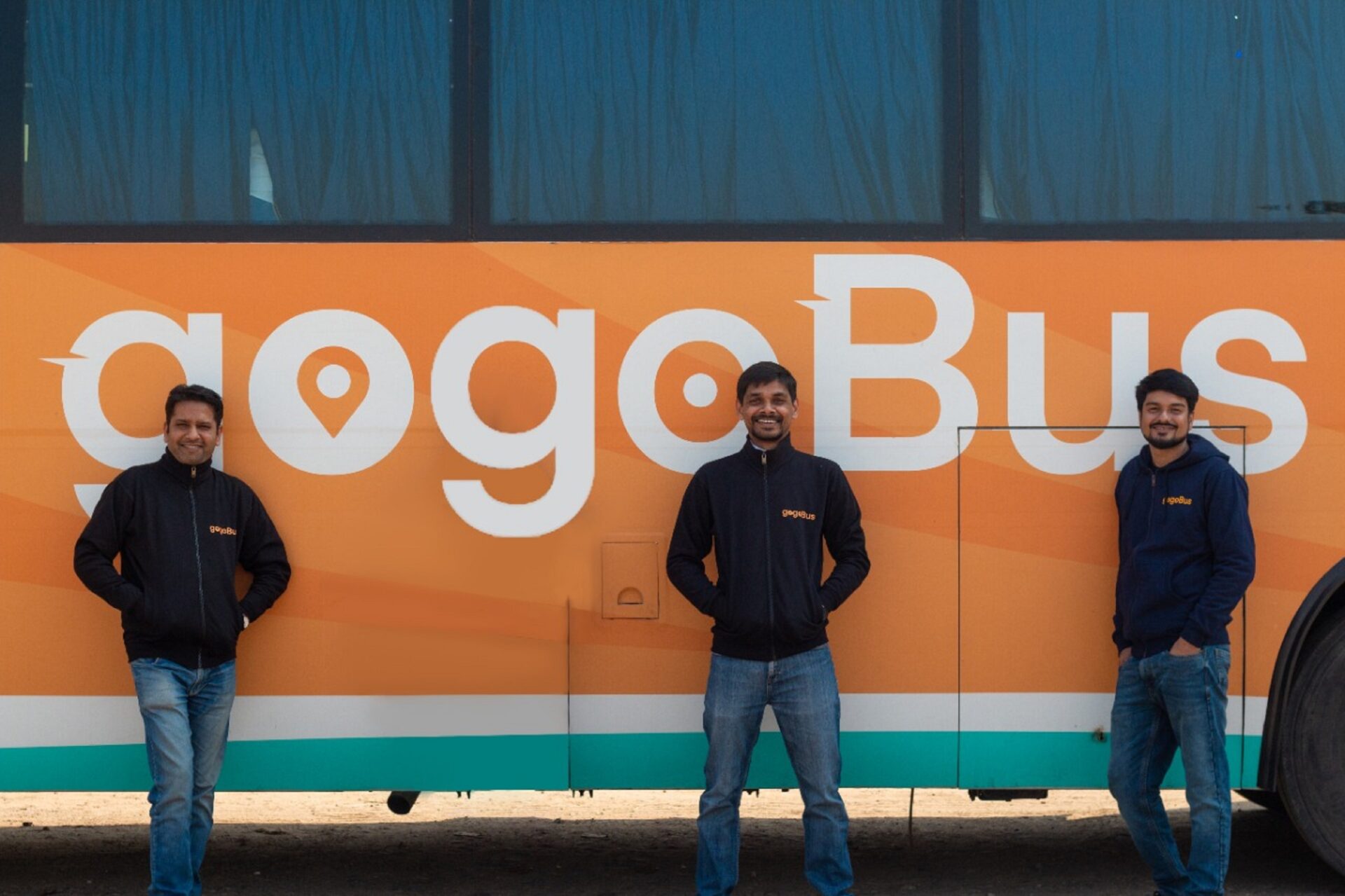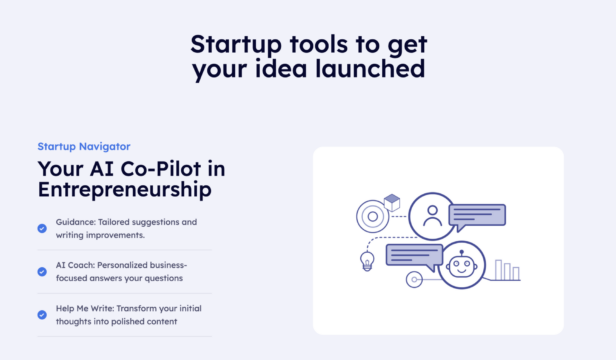This Gurugram-based full-stack tech-enabled intercity bus platform is democratising access to technology for fleet owners and customers in India.
India has an intercity bus market of about US$15 billion, which continues to grow. With more than 200k buses managed by 27 state-run transport corporations (SRTCs) and more than 15,000 bus operators, this sector provides livelihood to about a million people. At the same time, the sector is highly fragmented owing to a lack of access to technology.
Read more: {Startup watch: now.gg} A mobile cloud platform-as-a-service for game developers
gogoBus is a shared mobility TaaS (transport-as-a-service) platform that democratises access of end-to-end technology to fleet owners while connecting consumers across India. The startup helps fleet owners manage their fleet operations through its technology and provides recommendations that help them make better decisions to enhance performance.
The Tech Panda spoke to Amit Gupta, the Co-founder of gogoBus, who says that it’s high time the Indian bus space teched up.

India is a bus country, where almost 50% of Indians travel by bus for a plethora of reasons. Yet, on the other hand, Indian bus space is the most neglected part of our mobility system
“Today in India, the benefits of public transport and shared mobility are taught to kids from Class 5 onwards to the extent that most kids get their first exposure to shared mobility in schools only. But as we grow up the usage of public transport reduces like the law of diminishing marginal utility,” he says.
“India is a bus country, where almost 50% of Indians travel by bus for a plethora of reasons. Yet, on the other hand, Indian bus space is the most neglected part of our mobility system. The way our bus ecosystem works is still very traditional, and I believe that the integration of technology is the only thing that can set intercity bus mobility in India apart,” he adds.
“The visibility, accessibility, and ease that technology can bring is what we need today. The chaos of this unorganised market can be dealt with the help of technology,” he says.
What They Do
To empower bus operators through their TaaS platform, gogoBus has built an end-to-end app ecosystem consisting of the following:
- Consumer App: Consumers can easily search and book on the gogoBus app, available on Android and IOS.
- Swami App: An app dedicated to operators that helps them manage all its consumer booking and boarding and P&L on a real-time basis.
- Sarthi App: An app for drivers for contactless boarding of passengers. It keeps in check any type of unauthorised boarding and is a platform for live route tracking.
- Sathi App: An exclusive app for agents, designed specifically for digitising offline bookings.
- Mitr App: An app for helpers and attendants to manage consumer grievances.
- Sanchalak App: An app for admin to provide a top-level view of overall daily operations



The Compelling Case for Buses
Buses are a popular transport in India, which also offer a much smaller carbon footprint. Gupta makes a compelling case for buses over personal vehicles, which is the inspiration behind gogoBus.
“It’s a known fact that one bus contributes approximately 50% lower carbon emission as compared to a passenger car on a passenger-kilometer level. Imagine how much space 30 cars take when compared to the same 30 people traveling in a single bus, which also frees up so many parking spaces across cities,” he says.
Also, focus on personal vehicles has led to severe air pollution in cities across India.
It’s super critical we start focusing on increasing public transportation usage over personal vehicle usage for regular commute. We are in midst of a climate crisis
“So, greater adoption of bus mobility would not only help to reduce air pollution and free up urban spaces but will also make cityscapes inclusive,” he advises.
“It’s super critical we start focusing on increasing public transportation usage over personal vehicle usage for regular commute. We are in midst of a climate crisis,” he stresses.
“Buses are one of the largest modes of ground transportation, unfortunately, it’s not the most loved. Our goal is to change the perception of bus mobility,” he says.
Challenges Faced
The erstwhile challenge that Gupta singles out in the bus space is ‘one bus = multiple vendors’.
“A typical day in the life of a bus operator involves engaging with multiple vendors to manage its fleet maintenance, and utilisation, achieving break-even demand on every trip, tracking assets, and optimising routes while ensuring reliable customer experience – almost manually,” he explains.
Additionally, he says the pandemic brought their multi-generation business to the brink of closure. COVID was the black swan event for the entire mobility industry globally, not just buses. Gupta relates that during COVID, gogoBus re-aligned its product with its go-to-market strategy while building connectivity for the next billion population of India.
A typical day in the life of a bus operator involves engaging with multiple vendors to manage its fleet maintenance, and utilisation, achieving break-even demand on every trip, tracking assets, and optimising routes while ensuring reliable customer experience – almost manually
“As it’s said, adversity brings out the best in man, in this case, it was industry. The situation was gloomy then, but it was the sheer resilience of stakeholders and their all-in efforts that brought us out of the situation. Though complete recovery is still to come, signs till date are quite encouraging and promising,” he says.
“We are building a one-stop solution, where gogoBus is empowering the bus-mobility network through technology. A connected single platform system to assist these bus operators to run on the best routes, manage daily trip level PnL, maximise trip revenue, and optimise break-even occupancy on a daily basis with its unique omni-channel sales channels,” he adds.
Growth Story
gogoBus raised an undisclosed seed round from Aloke Bajpai and Rajnish Kumar of ixigo and some prominent angel investors including Rajesh Sawhney (Co-founder & CEO, Innerchef) and Abhishek Sharma (COO, Dineout). The startup has been generating profit revenue per seat.
Success is relative, if we take two years of pandemic into consideration, it could be safe to say we are pretty successful. Whereas, if we look at the market, we have a long way to go
“Success is relative, if we take two years of pandemic into consideration, it could be safe to say we are pretty successful. Whereas, if we look at the market, we have a long way to go,” Gupta says humbly.
“Since the launch of our TaaS platform in July 2021, till date, we have grown 32X in terms of monthly run rate. And also increased our footprint to 250+ cities with 300+ buses on our platform,” he adds with pride.
Tech Up
Globally, bus mobility systems have observed massive adaption of technology in the last decade with extensive use of data models.
“The adoption of technology has accelerated with smartphones and mobile data penetration as passengers look for seamless travel and real-time information,” says Gupta.
The adoption of technology has accelerated with smartphones and mobile data penetration as passengers look for seamless travel and real-time information
Startups and companies around the world have been teching up the system. Omio, an online travel agency for multi-modal travel in Berlin accesses the full ticketing content of state and private railway operators, who often use bulky, legacy IT systems. It operates to and from 10 million+ locations globally.
The MakeMyTrip Group has invested in its Redbus brand. With 3,500 active bus operators and over 20 state government operators on its platform, it offers over 3 million seats bookable online on a daily basis. India uses its software for operators widely, which claims that over 36 million consumers have bought 230+ million tickets via Redbus since 2018.
Read more: {Startup watch: Karkhana.io} An aim to digitise the Indian manufacturing industry
gogoBus too has ambitious plans for the future.
“In India, we are also working to bring 400,000+ buses deployed on Indian roads on the end-to-end connected platform to uplift this unorganised sector. In the coming three years we intend to have 5000+ buses on our platform,” he says.












